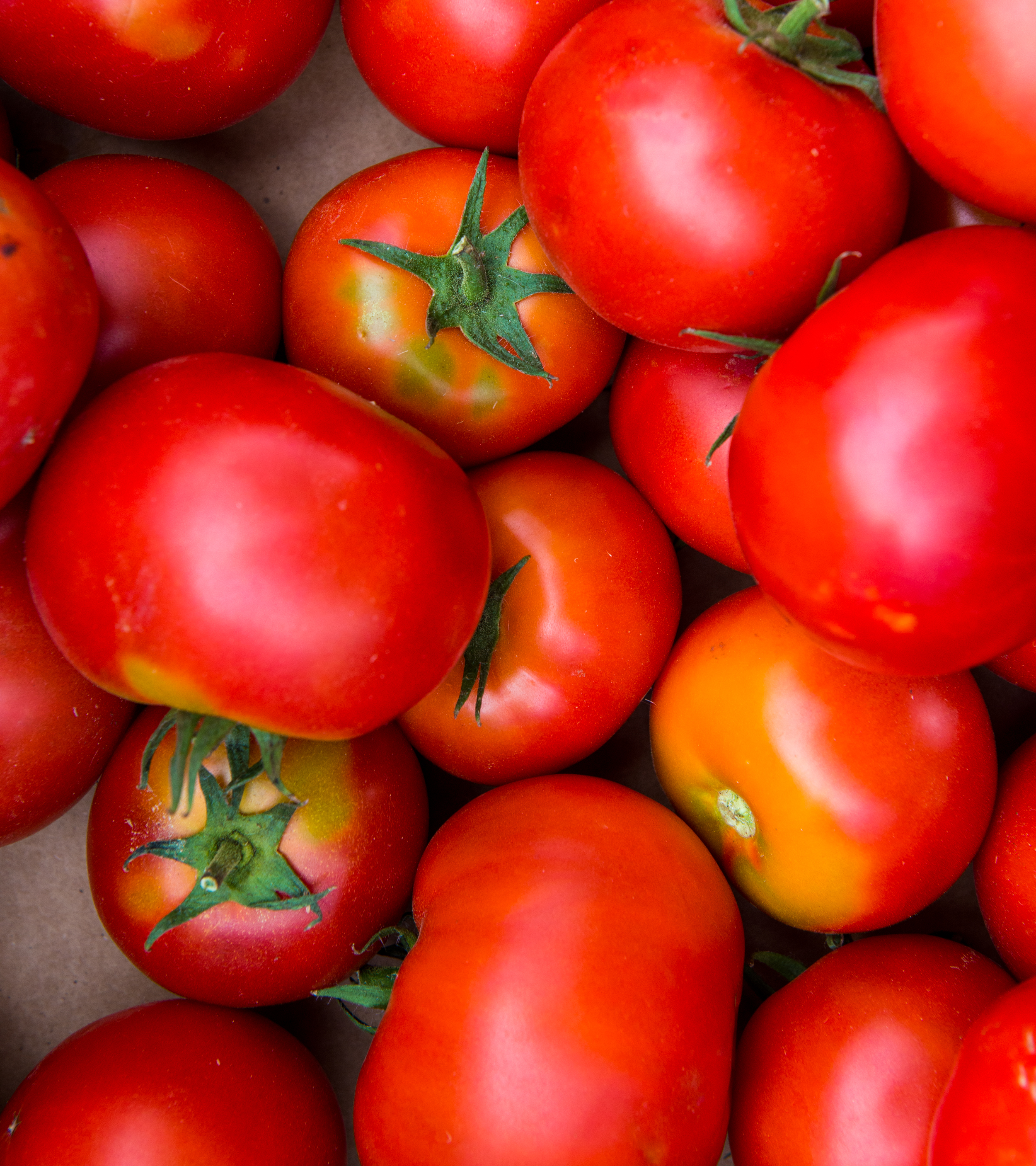Knowing the whys and hows of tomato diseases gives gardeners a leg up for successfully growing the most-treasured of vegetables.
Brooke Edmunds, a horticulturist with Oregon State University Extension Service, troubleshoots the following common problems that might afflict your tomatoes as the season goes on.
Blossom drop – It’s usually caused by dry soil and dry winds, but also may be caused by a sudden cold spell, heavy rain or too much nitrogen. Usually not all blossoms will fall off, and another set of flowers will appear.
Blossom-end rot – The end of the fruit farthest away from the stem turns brown or black – a condition caused by irregular watering practices and calcium deficiency. It is most common in western Oregon. Water deeply and regularly. Add lime to the soil in the fall to increase the calcium level for next year’s crop.
Leaf roll – A physiological problem that is most often the result of heavy pruning or root injury. Some tomato cultivars display leaf rolling as a normal growth habit. Plants may lose leaves but will recover. Learn more in Extension’s guide on leaf roll.
Sunscald – Green tomatoes can get sunburned if exposed. There is no cure, only prevention by reducing foliage diseases that can cause leaf loss. Take care when pruning to protect the developing fruit.
Early and late blight – These are fungal diseases caused by warm, wet weather and characterized by irregular, greenish water-soaked spots on lower leaves and stems. The spots rapidly enlarge to form purplish black lesions, which girdle the stems and leaves, killing the foliage. Avoid overhead watering, give plants plenty of room, stake and prune to keep air circulating and plants dry. Remove diseased leaves.
Slow-ripening fruit – Temperatures above 85 degrees can slow the ripening of tomatoes, which ripen quickest at 70 degrees to 75 degrees. Wait for cooler weather to allow for vine-ripening to occur. Fruit just showing color changes can be picked and stored at room temperature to ripen.
For more information, photos and control methods for these and other tomato maladies, consult Pacific Northwest Plant Disease Management Handbook. Or call your local OSU Extension Master Gardeners.
For general information about growing tomatoes, check out Extension’s publications Grow Your Own Tomatoes and Tomatillos in English and Spanish.

